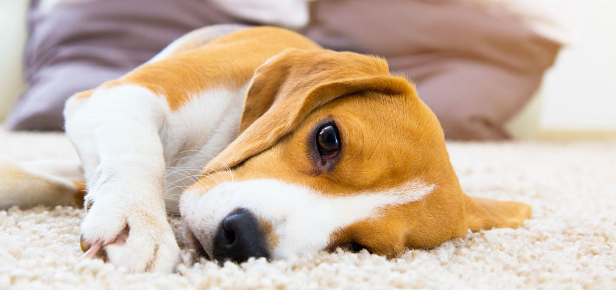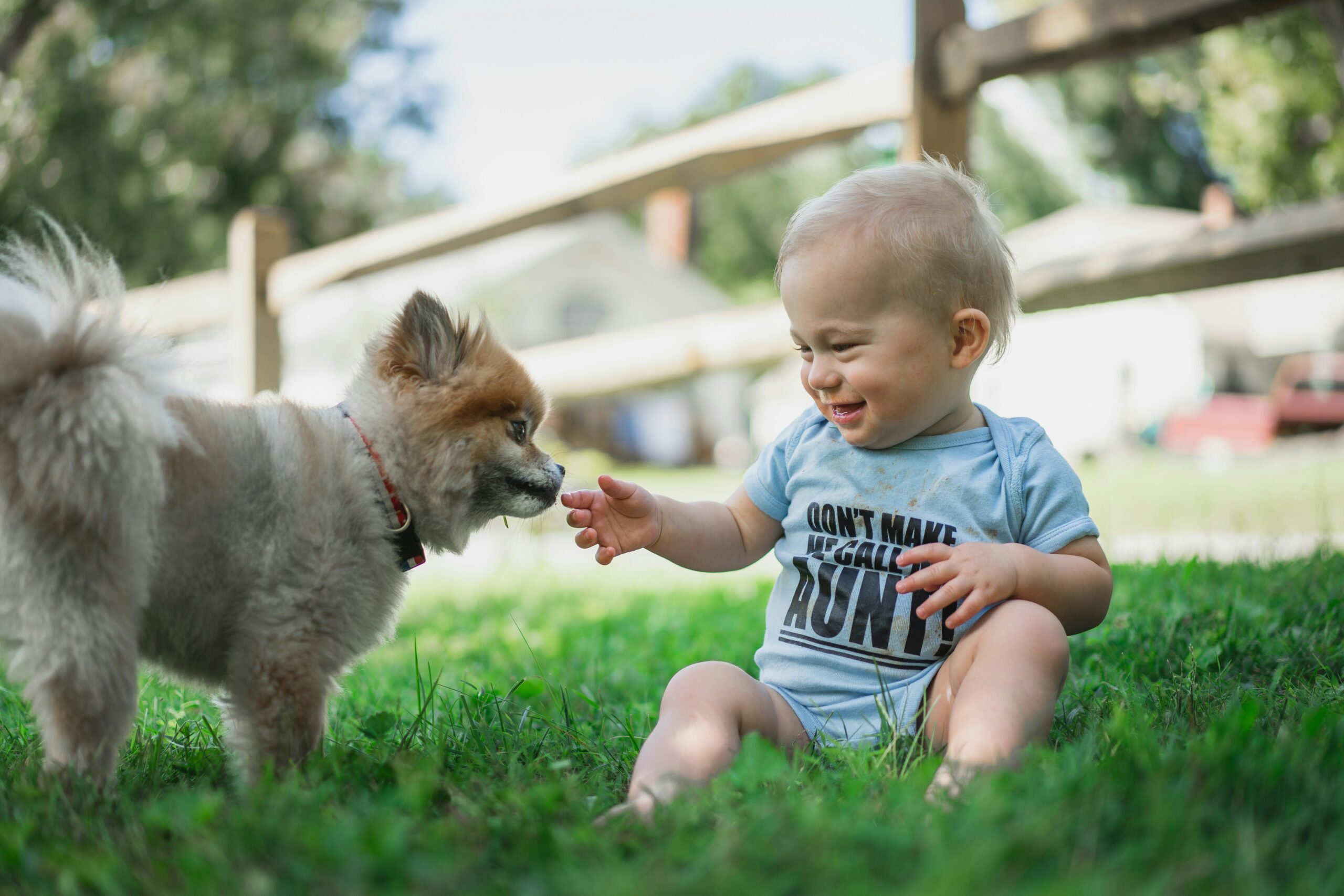Image Source: adwdiabetes
From being a strange but beautiful distraction, pets have evolved to become an integral part of the families around the globe.The human population has grown over the years, and in the same way, the pet population has also increased. Now, with so many pets across the world, it’s fascinating to see how their population is dispersed.
If you are a pet lover, then you would understand the feeling of having a pet in your life- a faithful companion with unconditional love. Well, you would know this if you are a pet parent. It does not matter if it is a dog, cat, bird, or a hamster because your love for your pet will remain the same.
There is no denying the fact that pets love their owners unconditionally, but there are times when they fail to show their feelings and act differently. So, instead of receiving a warm greeting on coming back home, you get to see their destructive behavior.
They seem entirely normal from the outside, but something is going on in their heads, and you get to realize that through their behavior. Thus, if you see them acting differently whenever they are triggered or when you leave the house, understand that this could be a sign of anxiety.
There is no single sign that may assure you of your pet suffering from anxiety but a mixture of different signals and behavior, including that they start to howl, hide, pant and shake, and many more. Confused? Don’t worry.
Here, you will get to know the various causes of anxiety symptoms in your pet.
So, let’s dig deeper into what causes anxiety in your dog and cat.
#1. Fear of Separation
Your dog or cat remains calm most of the time but starts to freak out when left alone or as soon as they realize that you are about to leave for work or anywhere else. When it comes to separation anxiety, pets may exhibit it through both psychological and physical problems.
Many animals, including birds, horses, monkeys, whales, etc., suffer from the problem of separation anxiety because they are genetically programmed to live in a culture strengthened by emotional and social bonds, and the same goes for dogs and cats.
When left alone, cats and dogs do not like it, and they start showing destructive behavior, including aggression, chewing the furniture, scratching the door and window, attempt to escape, and many more.
So, if you see your pet behaving differently while they are left alone or you come back to a damaged house, do not panic and try to understand them while providing them the support they require and helping them to reduce their anxiety.
#2. Unfamiliar People and Places
When human beings can sometimes find it challenging to adjust to a new situation, among new people, and in a new place, then why can’t pets?
They also have feelings, and they too may find it difficult to cope in a new environment. So, when they are exposed to a new place or new people, they get irritated to see those unfamiliar places and faces, and this results in increased stress in them, ultimately leaving them to feel anxious.
There is no denying the fact that they love humans, but not everyone. They love you (with all their hearts and more than their life), but it does not mean that they will love every face, you know.
So, if you find your little friend getting off differently when exposed to new places or people, do not feel irritated or embarrassed, but realize that you are their world, and all they need is you.
#3. Noise & Storm phobia
Pets with noise phobia exhibit fearful behavior when they hear noises of thunder and fireworks. Their fear of noise phobia is not limited to only thunder and fireworks, but this includes the sounds of plastic garbage bags, dishwasher, dryer, ceiling fan, and many more.
When it comes to storm phobia, they show fearful or anxious behavior to rain, lightning, wind, and thunder.
Although this cause of anxiety is commonly seen among most of the dogs and cats, you may help them ease the symptoms by bringing them indoors, offering them a safe place, staying by their side, and keeping them distracted.
#4. Car Rides
We know you love your pet and likes to take them wherever you go, even if that means taking a long car ride. Well, long or short, it does not matter. Some of the pets love to take a ride in the car, but others see it as a dreadful experience and exhibit their fear by drooling, whining, or even vomiting.
So, make sure you do not get angry with your little companion, and teach them to tolerate car rides because if they are not happy travelers, your entire journey can turn out to be miserable.
Prefer reading: How to train your puppy for car rides.
#5. Vet Visits
You have no idea how much your pet hates those visits to the vet. Yes!! Well, who would like to take those poking and prodding visits that upsets their entire routine? Right.
The way human beings feel before or while paying a visit to a dentist, pets too feel the same way during their vet visit. It is daunting and traumatic for them. So, they might throw tantrums and show you their worst side. There is not much here to worry about, and you can always distract them by offering treats, bringing their favorite toy, etc.
Also, some of the vet clinics offer happy hours visit, so you may consider taking your pet on a happy hour visit to the vet. This will help your pet feel at ease on their regular vet visits.
Final Words
The causes of anxiety symptoms among pets can be many. No matter the cause of anxiety, it holds power to strain the mental and physical health of your pet. Therefore, being a responsible pet parent, you must understand your little friend’s situation and be readily available to help them.
So, do not ignore if your pet acts strange, and pay close attention to treating the anxiety in them before it gets too dangerous to handle.
This article was contributed by Danish Wadhwa. If you’re interested in contributing a story or blog article, please email cynthia@newyorkdognanny.com




